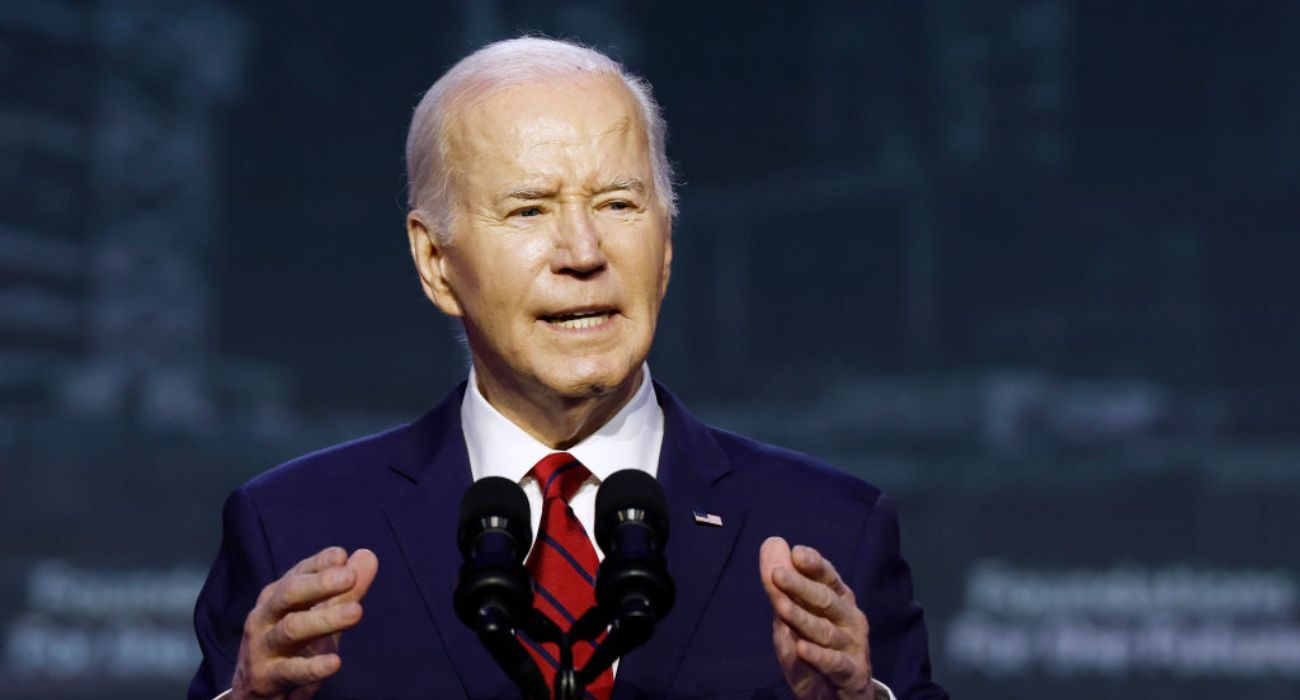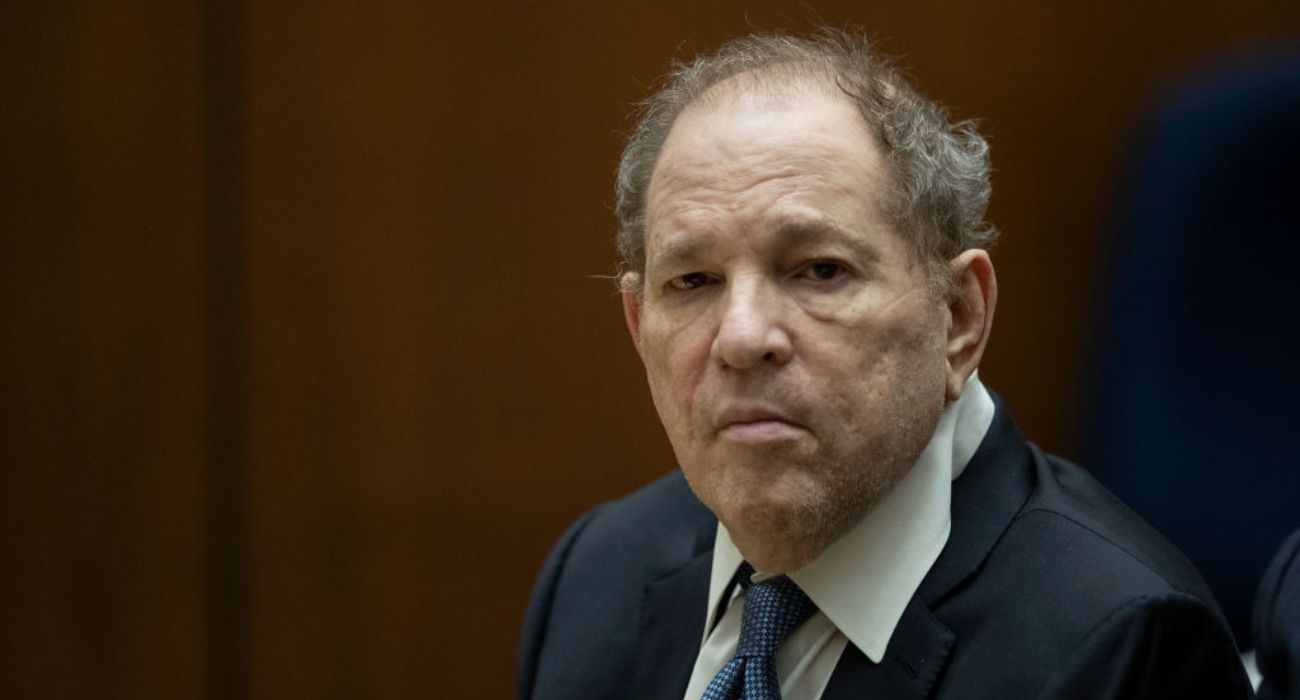Many Americans have felt the impact of inflation while at the gas station or shopping for groceries. Now, they are facing another price increase: electricity rates are rising across the country.
The average home energy price increased 4.3% from 2020 to reach 13.72 cents per kilowatt-hour (kWh) in 2021, according to a report from the U.S. Energy Information Administration (EIA).
A spike in the cost of natural gas, the leading fuel for power plants, is one of the main causes of the price increase, as it has tripled over the last year.
Summer months often have the highest prices, while January is usually the least expensive. The average home electricity price in January 2022, on the other hand, was similar to that in the summer of 2021.
“We forecast the U.S. residential electricity price will average 14.4 cents/kWh between June and August 2022, up 3.9 percent from summer 2021,” the EIA report stated. The agency projects that prices will continue to rise through 2023.
In the following months, not only will residential electricity rates climb, retail electricity prices in the commercial, industrial, and transportation sectors are likely to rise, adding to inflation.
The Federal Energy Regulatory Commission (FERC) also predicts higher wholesale electricity prices this summer due to several factors such as higher forecasted temperatures, demand for electricity, and natural gas prices. Future prices for major electricity trading hubs could rise between 77% to 233% higher than in 2021.
Reasons for higher energy prices include the rising cost of the fuel required to generate electricity combined with the rising cost of distribution, plus adverse weather and local regulations.
The cost of generating power will account for 56% of electricity rates in 2021, according to the EIA, with distribution and transmission accounting for the rest.
Natural gas is the U.S.’s primary energy source; it presently generates over 43% of all electricity used.
Outages this summer due to excessive heat appear more likely as electric grid operators struggle to keep up with demand. The primary challenge is older coal plants being retired faster than renewable energy plants can replace them, according to The Wall Street Journal, which could result in blackouts during peak periods.
The Biden administration’s ongoing efforts to restrict the oil and natural gas industry are contributing to the rising prices, according to Jerry Simmons, president and CEO of the Domestic Energy Producers Alliance.
Simmons claimed the policies of the Biden administration have stifled natural gas supplies and raised distribution costs.
“The Federal Energy Regulatory Commission that regulates gas pipelines in this country recently enacted new rules, new environmental rules, before they’ll permit a pipeline,” said Simmons to The Epoch Times.
The commission’s new regulations make it much harder to build new pipelines, according to Simmons, which he claims has led to decreased production capability and increased costs for consumers.






